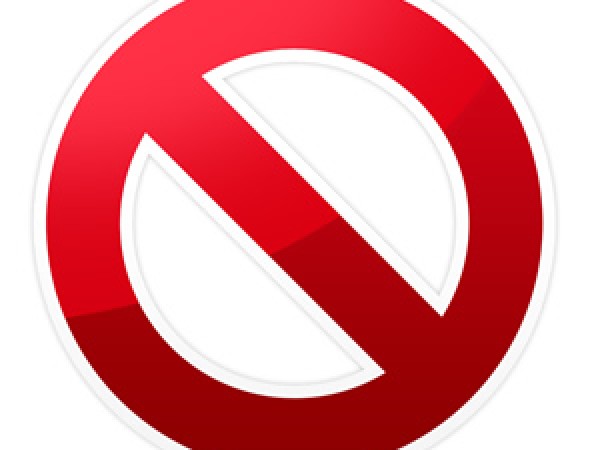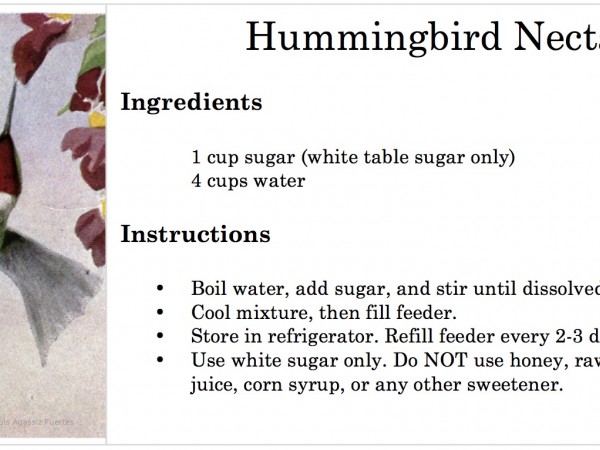No Red Dye
Everybody loves hummingbirds, so the last thing we want to do is to harm them. Do not use red-dye solution or add red food coloring in your hummingbird feeders.
Toxic Chemicals
Commercial nectars contain a petroleum-based dye, Red Dye #40. Although this dye is approved by the FDA in the United States, there is enough uncertainty about the safety of Red Dye #40 that it is banned in Austria, Belgium, Denmark, France, Germany, Sweden, and Switzerland.
The chemical name for Red Dye #40 is 2-naphthalenesulfonic acid, 6-hydroxy-5-((2-methoxy-5-methyl-4-sulfophenyl)azo)-, disodium salt, and disodium 6-hydroxy-5-((2-methoxy-5-methyl-4-sulfophenyl)azo)-2-naphthalenesulfonate.
Not Safety Tested
No scientific studies have been published on the health effects of synthetic dyes specifically on hummingbirds. Experts have long discouraged the used of colored feeder solutions as unnatural and unnecessary.
The Cornell Lab of Ornithology strongly recommends against using red dye in feeders: "There is no research that proves red dye is safe for hummingbirds, and very compelling anecdotal information from experienced, licensed rehabbers that hummers who have been fed dyed food have higher mortality and suffer tumors of the bill and liver."
Extremely High Dose
The concern about red dye comes not only from possible dangers of the chemical itself, but also from how the birds consume it. The amount of dye is not regulated, and the birds are so small that ounce for ounce they are exposed to levels that far exceed amounts known to be harmful. The Accepted Daily Intake (ADI) for Red #40 approved for human consumption by the World Health Organization is a maximum of 7 mg per kg (0.007 mg/g) of body weight (equivalent to 0.007 mg per g body weight).
Hummingbirds consume 10g of nectar solution per day. This means they ingest 17 times more red dye than the maximum daily limit recommended for humans.
Unnecessary Expense
Many feeders have red caps, bases or decorations, and that color is enough to attract the birds. A gallon of homemade nectar can be made for pennies, while the same amount of commercial nectar can cost several dollars. The mix that closely matches natural nectar is a 4 to 1 ratio of water to plain granulated sugar. That means 4 cups of water to every one cup of sugar. There is no benefit to using dyes in nectar, and there is every reason not to do so.



